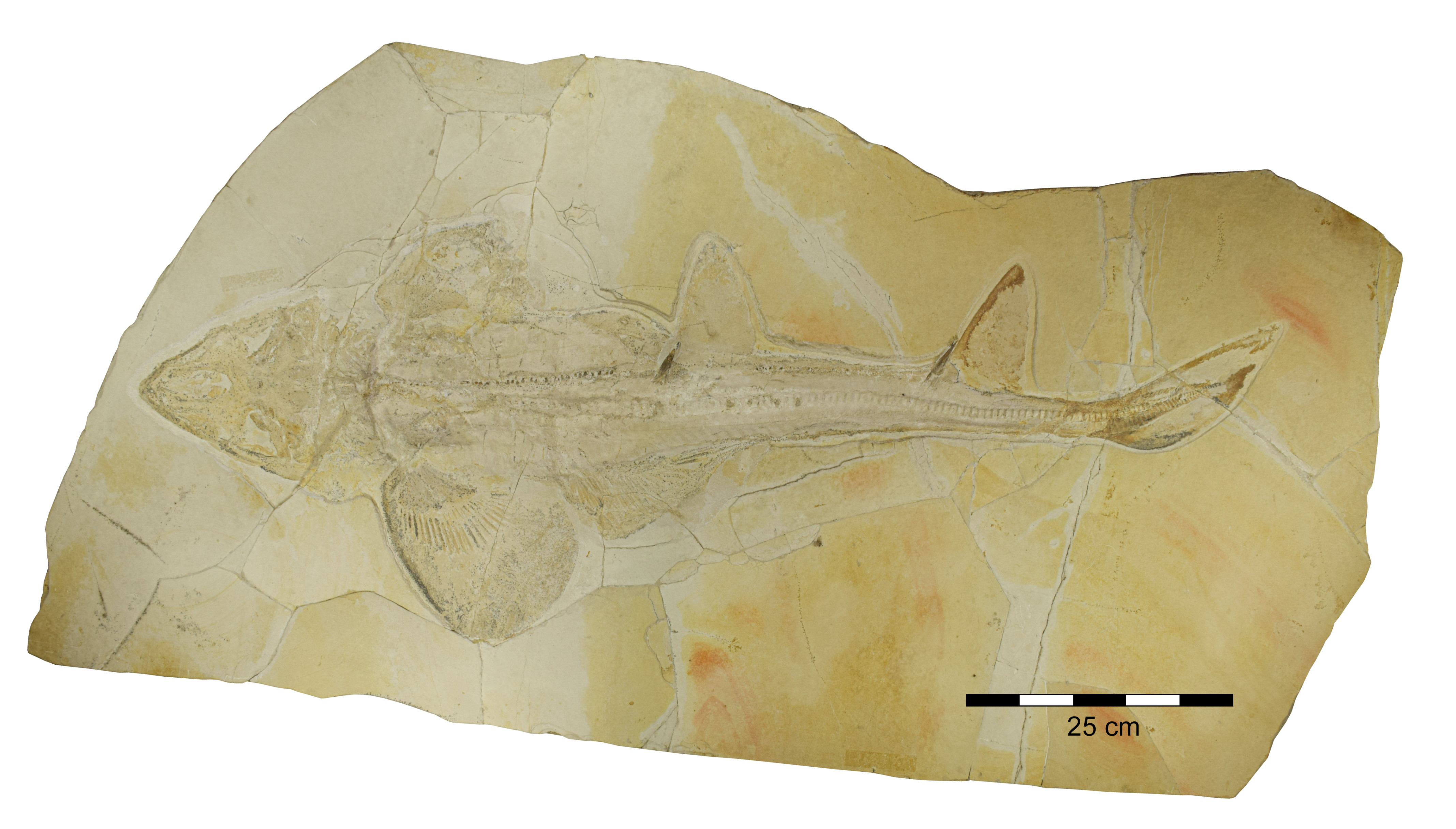According to a research team led by palaeontologists from the University of Vienna, the net-like leaf veining typical for today’s flowering plants developed much earlier than previously thought, but died out again several times.
Tag: Department of Palaeontology
Rays were more diverse 150 million years ago than previously thought
In a new study recently published in the journal Papers in Palaeontology, an international team of scientists led by palaeobiologist Julia Türtscher from the University of Vienna has explored the puzzling world of rays that lived 150 million years ago and discovered a previously hidden diversity – including a new ray species.

Jurassic shark – Shark from the Jurassic period was already highly evolved
Cartilaginous fish have changed much more in the course of their evolutionary history than previously believed. Evidence for this thesis has been provided by new fossils of a ray-like shark, Protospinax annectans, which demonstrate that sharks were already highly evolved in the Late Jurassic. This is the result of a recent study by an international research group led by palaeobiologist Patrick L. Jambura from the Department of Palaeontology at the University of Vienna, which was recently published in the journal Diversity.
Ocean warming reduced the body sizes of fishes in the “twilight zone” in past interglacial
Fishes living in the twilight zone of the oceans reduce atmospheric carbon dioxide and are a huge food resource, but little is known about their response to climate warming. Geologist-Palaeontologist Konstantina Agiadi from the University of Vienna led a study funded by the Austrian Science Fund (FWF) that used fossils to answer this question. The results, published by the international team in the journal Proceedings of the Royal Society B: Biological Sciences, suggest that mesopelagic fishes overall shrink with warming.
What the inner ear of Europasaurus reveals about its life
Europasaurus is a long-necked, herbivorous dinosaur that lived in the Late Jurassic, about 154 million years ago, on a small island in modern-day Germany. Recently, scientists from the universities of Vienna and Greifswald examined fossil braincase material of Europasaurus with the aid of micro-computed tomography (micro-CT). The digital reconstruction of the inner ear of Europasaurus gave the researchers new insights not only into its hearing ability, but also into its reproductive and social behaviour. The study was recently published in eLife.
How shark teeth can decipher evolutionary processes
From embryo to turtle cracker: a team led by palaeobiologist Julia Türtscher from the University of Vienna studied the multiple changes in tooth shape in the tiger shark. The study, recently published in the Journal of Anatomy, is also central in drawing conclusions about extinct species from the myriad of preserved shark teeth in the field of palaeontology.
New ancient shark discovered
In a new study, an international team led by Sebastian Stumpf from the University of Vienna describes a fossil skeleton of an ancient shark, which is assigned to a new, previously unknown genus and species. This rare fossil find comes from the Kimmeridge Clay Formation in England, a series of sedimentary rocks that was formed in a shallow, tropical-subtropical sea during the Upper Jurassic, about 150 million years ago. The fossil shark skeleton was found more than 20 years ago on the southern coast of England and is now held in the Etches Collection. Additional fossil shark specimens from it will be investigated in the years to come.